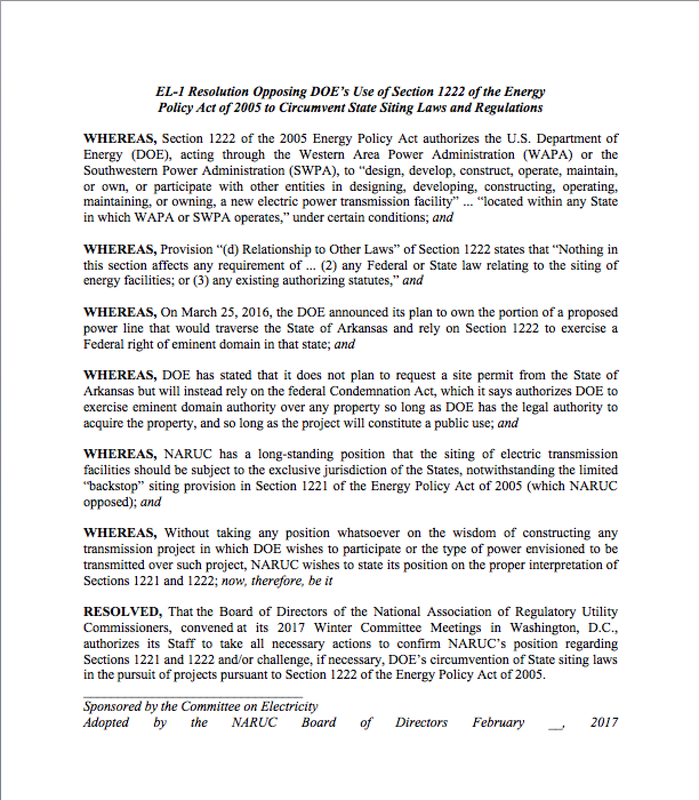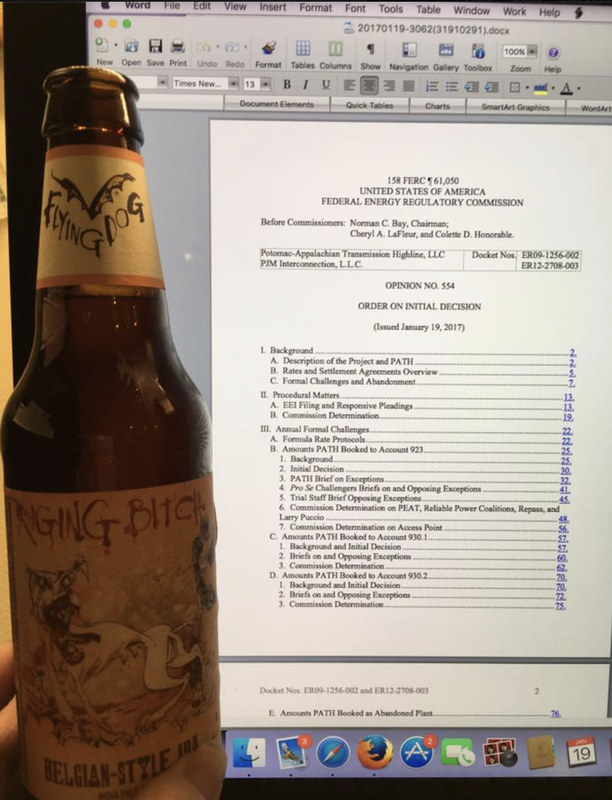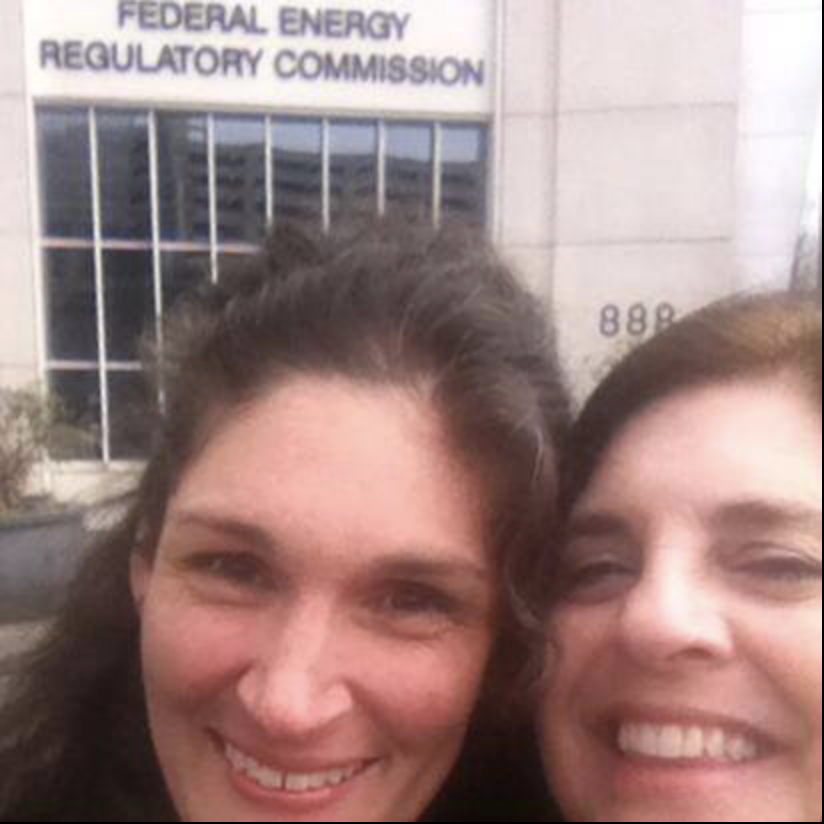Many are wondering what happened when Slick Willie visited Mayberry.
That's right, I said "Slick Willie." Get your mind out of the gutter! "Slick Willie" is defined as
Slick Willie is a term that, upon hearing it, is understood to mean something uncomplimentary towards the person to whom it refers. Those who are called Slick Willies are cunning and deceptive people who are superficially appealing and polished, but who are shallow and glib, and able to deftly execute convincing arguments that favors the con man and defrauds the mark.
Slick Willie came to Mayberry this week, and the results weren't flattering. Slick Willie doesn't play well in Mayberry. Using Mayberrians as puppets to spew Slick Willie talking points was a miserable failure. Mayberry just doesn't do Slick Willie. But before we get to that, let's take a look at the Clean Line line up.
Company president Michael Skelly came across as arrogant. He didn't seem to know much about anything, deferring all the hard questions to underlings testifying in his wake. It must be really hard to work at a company where your fearless leader is so clueless about your business. Skelly began every answer with the word "so." There's been a lot written about this linguistic fad.
To my ear, that backstory "so" is merely a little geeky, but it rouses some critics to keening indignation. A BBC host says speakers use it to sound important and intellectual. A columnist at Fast Company warns that it undermines your credibility. A psychologist writes that it's a weasel word that people use to avoid giving a straight answer.
When asked, "Did you personally fly in here to meet with utilities?" Skelly chose to argue with the questioner about the structure of the question, instead of answering it. I didn't think it was a hard or deceptive question. Skelly tried to pretend "personally" meant flying in on a personal jet (which he claims not to have....yet). But Skelly couldn't remember how he got to Missouri. He suggested maybe he took the train. That was ridiculous. A simple "yes" would have caused much less attention to the subject. Trying to be slick willie when asked a direct question by a Mayberrian is a very bad plan. And we'll get to that later, too.
And finally, on the subject of Skelly... who does your hair, man? Did you pay a lot of money to a stylist who told you that looks good? Save it for glitterati gatherings in Houston. Mayberrians only use styling products to make hair stand up when arranging kewpie doll coifs on their babies prior to a professional photo shoot. One Mayberrian commented, "His hair is ridiculous. He's a grown man!"
Mark Lawlor. Poor Mark, he's just not physically cut out to be a slick willie witness. Mark has a tendency to grow a giant red dot between his eyes when trying to slick willie his way out of a direct question. He also develops big red blotches all over his face. And he scratches himself. And drinks way too much water. And sniffles into the microphone incessantly, while playing with a pen prop. I kept waiting for him to stab himself in the eye with it and end his misery, but Mark persevered. Although, appearing nearly doubled over on the stand while hugging himself didn't give me much confidence that he was going to make it to the end.
David Berry. Slick willie. One Mayberrian wonders if they keep him locked up in the basement of Zilkha Towers, hunched over his abacus, only let out to testify at regulatory hearings. That's one unique dude! But somehow he managed to be more personable than all the rest combined. Too bad no one else in the hearing room was on the same astral plane as David Berry.
And now let's take a look at how Clean Line used Mayberrians to bolster their case at the hearings.
Wayne Wilcox. Mr. Wilcox wrote all his testimony himself, and he was very generous with his elaboration of his opinions. He stated that opposition to Grain Belt Express was taking away his rights. Mr. Wilcox's opinions are factual, while the opposition's opinions are falsehoods. I'm not going to elaborate anymore. Mr. Wilcox's brief stint on the witness stand is in the archive. I urge you to watch it. Pop some corn to eat while you watch. I did. It didn't even look like he was wearing Clean Line's expert twitness shock collar. What a pity!
Randolph County Assessor Richard Tregnago. Nice tie! When presented with a document that responded to one of the data requests addressed to him, Tregnago acted like he'd never seen the document before. I think maybe he admitted that Clean Line supplied it. He admitted that it is impossible for anyone to determine the amount of taxes GBE will pay after the first year.
MJMEUC witness John Grotzinger. Oh, where to begin? He denied that GBE had inserted a line into his testimony. When faced with evidence that they did, he had to admit it. Mr. Grotzinger wrote an email in late 2015 where his opinion of GBE wasn't exactly flattering. I think maybe he thought that GBE was trying to buy its way into Missouri. Mr. Grotzinger couldn't define the term "utilization rate." Mr. Grotzinger admitted that GBE at normal pricing was more expensive than buying wind over the SPP transmission system. An attempt to rehabilitate him was made on redirect, where he was given a more recent (higher) figure for SPP transmission rates by his attorney, and asked to plug that number into calculation of his exhibit tables. After many long minutes of Mr. Grotzinger punching numbers into a calculator, and coming up with the number "7", the attorney did the math himself and asked Mr. Grotzinger if the attorney's math was correct. Pathetic. Since when do attorneys submit testimony? It sort of looked to me like Mr. Grotzinger's testimony was done by someone else, maybe slick willie? I dunno, but you should watch his testimony yourself to see what you think.
And, finally, the superstar award goes to MLA attorney Paul Agathan. Clearly the best attorney in the room throughout the week. Mr. Agathan had obviously researched each witness and their testimony. He asked pertinent questions, and in numerous instances witnesses had to "walk back" or explain prior statements that were not proven factual. And he did it all in a courteous, methodical fashion. He never resorted to slick willie tactics or a disrespectful tone. It takes my breath away to realize how much work Mr. Agathan did to prepare for this hearing, although he was the only attorney in the room not walking out with a fat pay check. Anyone less than honest should fear Mr. Agathan. He's a true Mayberry hero and deserves the thanks and gratitude of every Mayberrian!
So (heh), initial briefs are due in a couple weeks. Reply briefs a couple weeks later. Then we wait for the decision. That gives you plenty of time to watch the archived videos for yourself.
Well done, Mayberry, well done!




 RSS Feed
RSS Feed